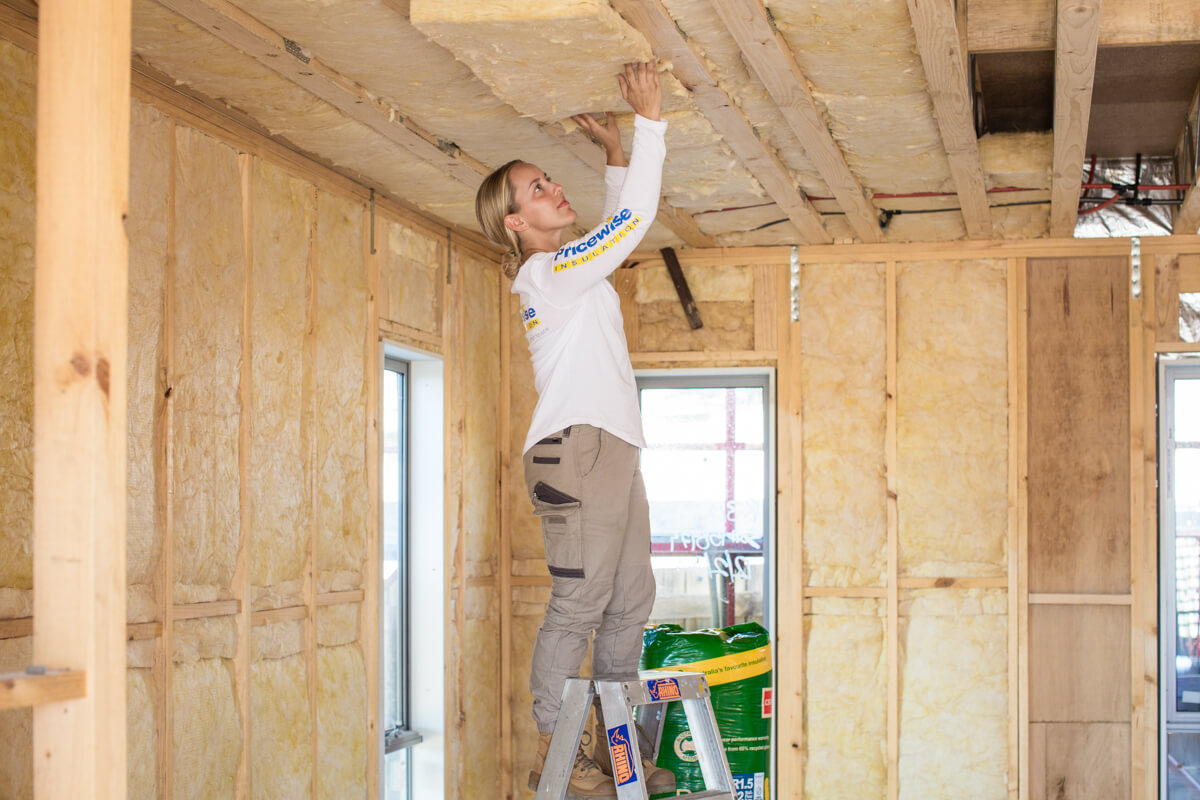Pulse of Information
Stay updated with the latest news and insights.
Keep the Cold Out and the Bills Down
Discover top tips to keep your home warm this winter while slashing your energy bills—your wallet will thank you!
5 Effective Tips to Insulate Your Home and Cut Energy Bills
Insulating your home is essential for maintaining a comfortable living environment while also reducing energy bills. Here are 5 effective tips that can help you enhance your home's insulation efficiency:
- Start with the Attic: The attic is often the main source of heat loss. Ensure it is adequately insulated to prevent warm air from escaping during winter months and cool air from leaking out in the summer.
- Seal Gaps and Cracks: Check for and seal any gaps or cracks around windows, doors, and walls. Use caulk or weatherstripping to make your home more airtight.
- Consider Radiant Barriers: Installing radiant barriers in your attic can effectively reduce heat transfer and maintain your home's temperature.
Continuing with our 5 effective tips, following these steps can lead to significant savings on your energy bills:
- Upgrade Insulation Materials: If your insulation is over 10 years old or not performing well, consider upgrading to high-quality insulation materials, like spray foam or fiberglass.
- Insulate Your Ducts: Don’t overlook air ducts, which can be significant sources of heat loss. Insulating your ducts helps ensure that conditioned air reaches its destination without losing energy.

How to Choose the Right Weatherstripping for Maximum Efficiency
Choosing the right weatherstripping is crucial for maximizing energy efficiency in your home. First, consider the specific areas where air leaks are most prevalent, such as doors and windows. To make an informed choice, take accurate measurements of the gaps that need sealing. There are various materials available, including foam, felt, rubber, and vinyl, each offering different levels of durability and insulation. Depending on your climate and budget, you may want to opt for a higher-quality product that can withstand temperature fluctuations while providing a tight seal.
Next, it’s important to evaluate the weatherstripping installation process. Some options come with adhesive backing for easy application, while others may require nails or screws. Be sure to read the manufacturer's instructions carefully to ensure a proper fit. Additionally, consider the longevity of the materials: rubber and vinyl tend to last longer compared to foam. Ultimately, focusing on these key factors will help you select the right weatherstripping, resulting in improved energy efficiency and reduced utility bills in the long run.
Do Draft Stoppers Really Work? A Comprehensive Guide
Draft stoppers, often referred to as draft blockers, play a crucial role in maintaining energy efficiency within a home. They are designed to seal gaps beneath doors and windows, preventing cold air from entering during winter and warm air from escaping during summer. Do draft stoppers really work? The answer largely depends on the quality of the product and how well it is used. Many homeowners report noticeable improvements in their heating and cooling bills, as well as enhanced comfort in their living spaces.
In addition to energy savings, using draft stoppers can contribute to a quieter home environment by blocking noise pollution from outside. They come in various materials, including fabric, rubber, and even foam, each with its own level of effectiveness. When considering whether to invest in draft stoppers, it's important to assess the specific areas of your home that may be drafty and select a stopper that fits properly. Overall, incorporating draft stoppers can indeed be a simple yet impactful solution for energy efficiency and comfort.